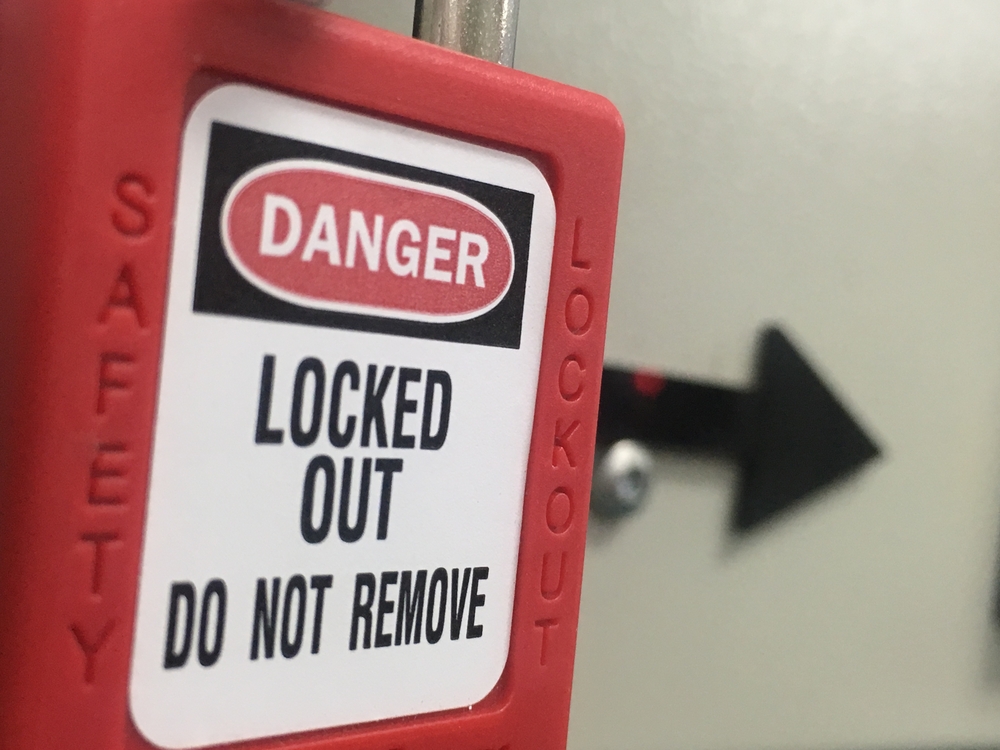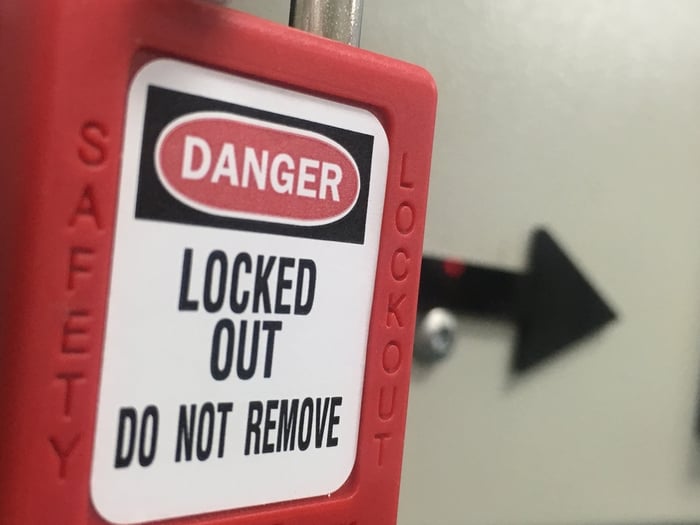
OSHA Inspections: The Inspectors Have Arrived...What Do You Do Next?

An unannounced visit by OSHA can be a cause for panic. If you haven't ever had a surprise visit, know that at some point, most every business will. It can be nerve-wracking, but with proper planning you can be as prepared as possible. Once the inspectors arrive on site, do your part to make sure the inspection goes well by following a few guidelines.
What Triggers An OSHA Visit?
OSHA schedules their surprise visits according to severity with the most extreme cases being higher priority. A nonscheduled OSHA inspection can therefore be triggered by a variety of reasons:
1. Imminent Danger.
OSHA certainly prioritizes the opportunity to remove any hazards that could result in death or serious physical harm.
2. Fatalities and Catastrophes.
Incidents that involve death or the hospitalization of multiple employees.
3. Complaints.
Employees may file complaints and request inspections for alleged hazards or violations.
4. Referrals.
Outside entities can refer a business to OSHA for inspection. These requests can come from federal, state or local agencies as well as individuals, organizations, the media or emergency responders.
5. Follow-up Visits.
After an inspection where citations issued, OSHA will perform a follow-up visit to ensure that the violations have been corrected.
6. Planned Inspections.
Where a workplace has experienced high rates of injury, illness or frequent violations, or where an industry is considered "high hazard."
During an Inspection: Know Your Rights
Most importantly, know what your rights are and be prepared to exercise them in a way that doesn't inhibit the inspection or cause unnecessary conflict.
-
It's OK to ask for an ID. It's OK to call the local OSHA office to confirm it. It's not OK to delay your inspection. Inspectors will usually wait just one hour for your own staff to show up.
-
When the visit is planned, it’s okay to prepare employees. Coach your employees to be honest, but to also know that they are not required to respond. However, understand that non-responsiveness can work against you. It can antagonize an inspector and give the impression that you’re hiding information.
-
Employees are not required to sign a witness statement, but if they do...they should first read it for accuracy, making sure they understand what’s written. Employees can request copies of any documents they sign and can also ask for copies in their native language if they aren’t fluent in English.
-
When the OSHA inspector starts the walk-through, accompany them with a pen, paper, camera, tape measure and flashlight. Accompany the inspector and note what they look at, take pictures of the same things they do. This eliminates confusion later when something is referenced.
-
You have the right to limit their inspection to places specifically related to possible hazards or violations, but a walk around that is overly limited will raise red flags. You have a right for inspections to occur during normal hours of operations. You have a right to be treated with courtesy and respect. But the inspector has a right to come back every day for six months, so ensure that courtesy and respect are mutual.
One Cardinal Rule During an Inspection
There is one cardinal rule about surviving an OSHA inspection:
Trying to cover up mistakes only makes the situation worse.
If the OSHA inspector has shown up because of a complaint about indoor air quality, don't open a window. If the problem is a noise complaint, don't put an "Out of Order sign on the problem equipment. If your employees have complained about slick, wet floors, the middle of your OSHA inspection is not the time to have an employee go out with a blow dryer. Let the inspector go everywhere the inspector needs to go - but go with them.
After An Inspection
After the walk around, the OSHA inspector will conduct a closing conference to discuss any violations or information discovered, provide feedback, and advise you of next steps. You can ask questions and request copies of notes and photos. Any citations are assessed by the director at the local OSHA office, and will be presented within 6 months of the inspection.
In the event of a citation, you can contest it within 15 working days. You also have the option of filing a formal appeal if you believe the citation is unwarranted. Know, however, that the insurance implications of OSHA compliance are tricky.
At Winter-Dent, we understand the stress involved in an OSHA inspection. Our experts help make sure you have the processes in place and coverage needed to protect you, your business and your employees. We believe that proper planning can prevent problems before they arrive. Be sure to check out the first blog in this series, "OSHA Inspections: What Do I Do to Prepare?"
Please feel free to call us with questions. We’re here to help.

